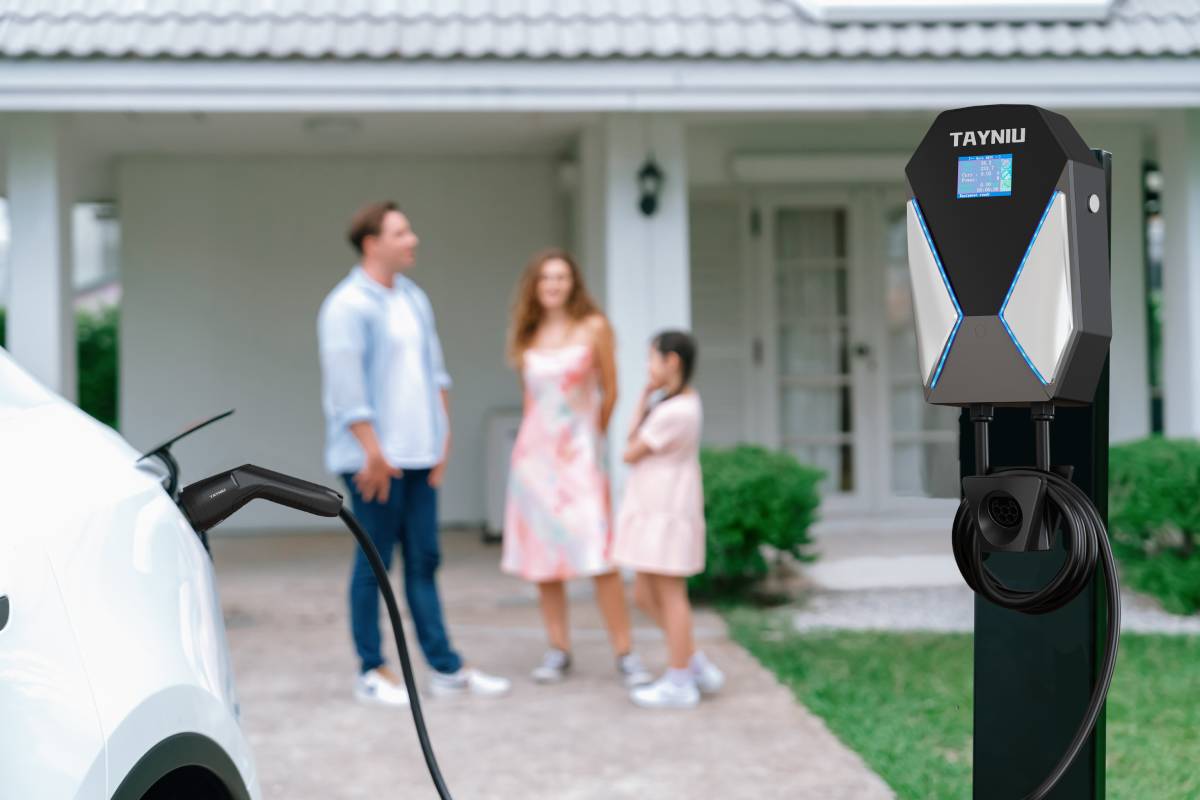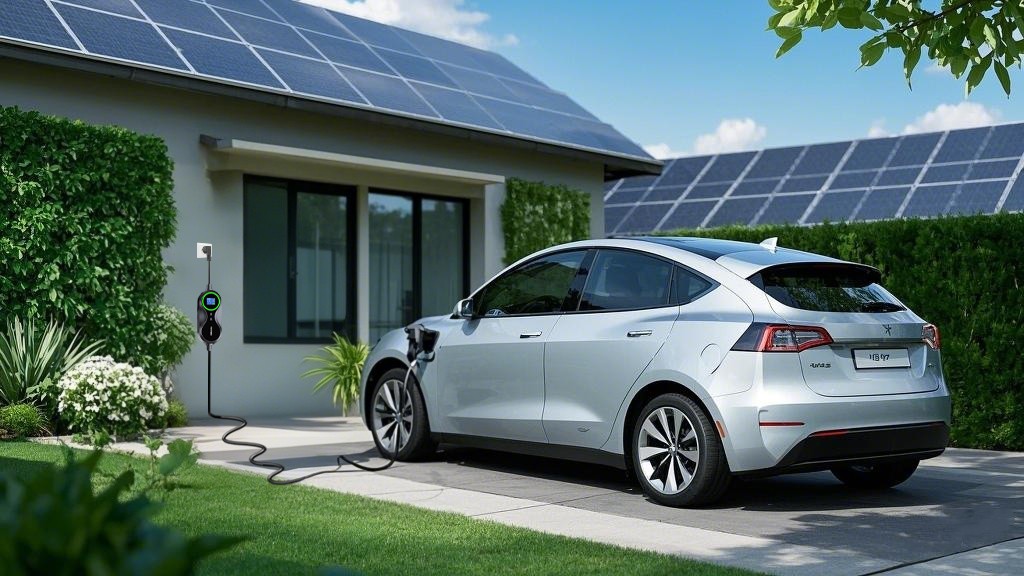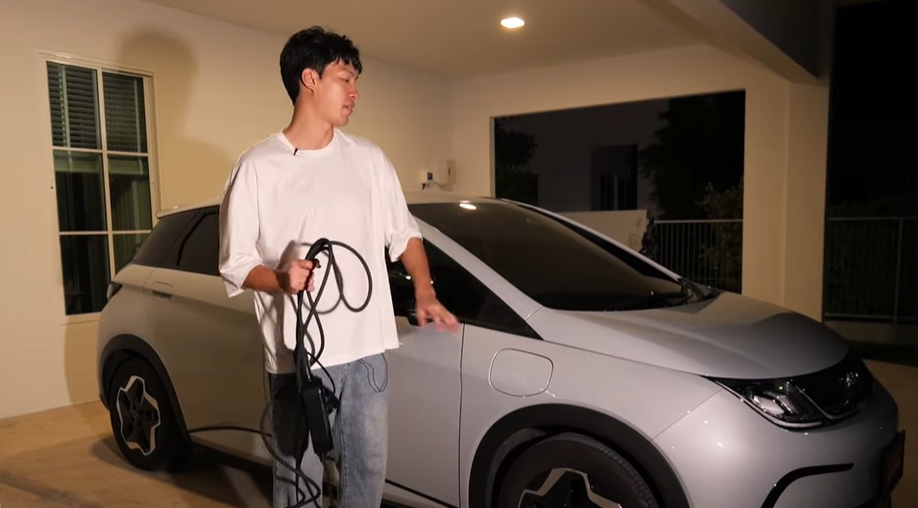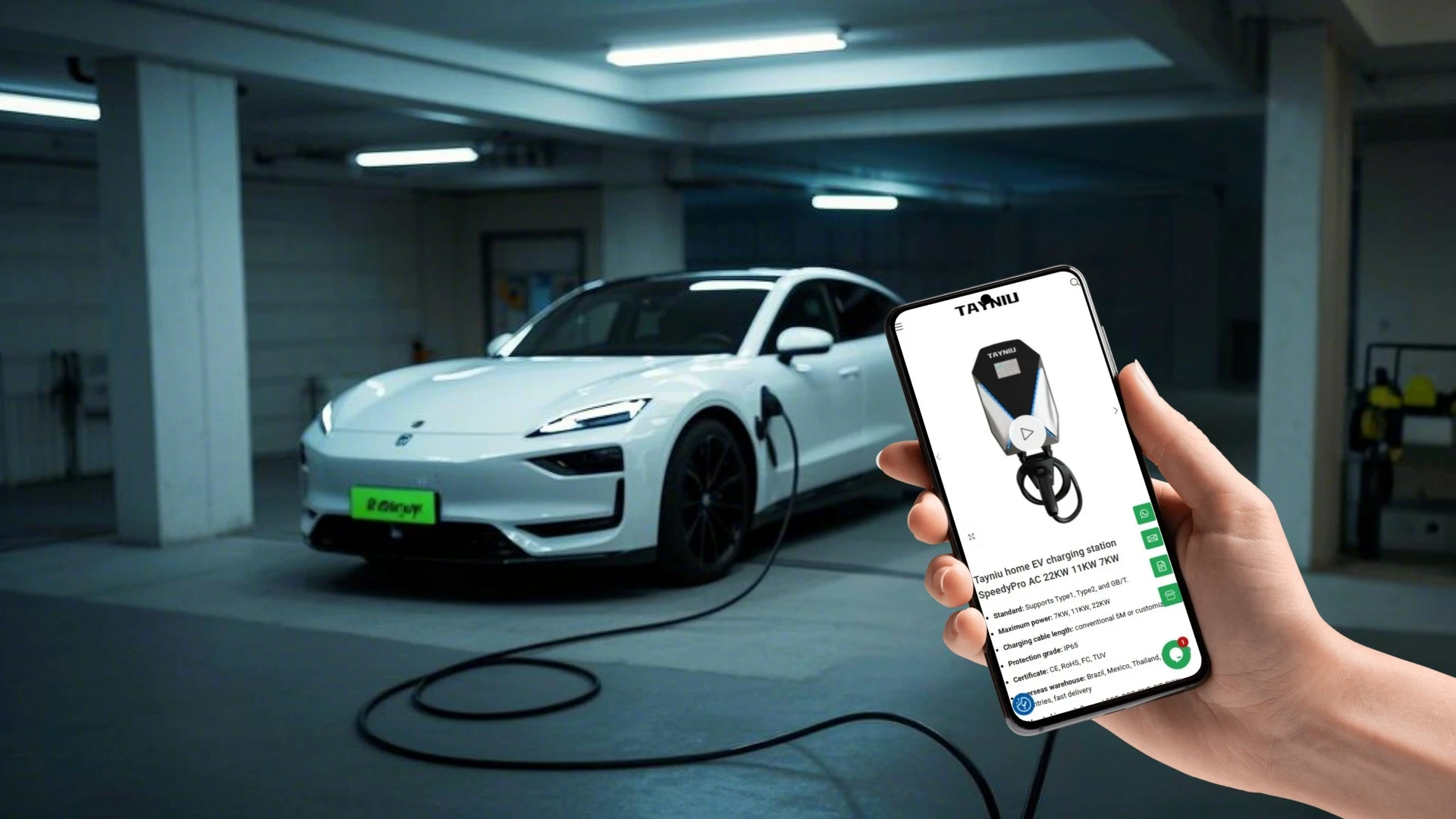Boost Your EV’s Performance: Type 2 Home Charging Secrets Revealed
The electric vehicle revolution is transforming how we think about transportation, but many owners are still searching for the most efficient charging solutions. Let’s dive into the Type 2 electric vehicle charging world – the technology reshaping how we power our electric rides.
Decoding EV Charging: More Than Just Plugging In
When you first step into the world of electric vehicles, charging can seem like a complex puzzle. Type 2 charging isn’t just a technical standard – it’s the backbone of modern EV ownership.

What Makes Type 2 Charging Special?
Type 2 charging isn’t just a technical standard – it’s a lifeline for modern electric vehicle owners. Unlike its predecessors, this charging method offers:
- Remarkable flexibility across different EV models
- Enhanced charging speeds
- Superior compatibility with home and public charging infrastructure
The Science Behind Optimal Charging
Most EV owners don’t realize that charging is an art form. Type 2 electric vehicle charging isn’t just about connecting a cable; it’s about understanding your vehicle’s unique energy needs.
Maximizing Charging Efficiency
Pro tips from industry experts:
- Strategic Charging Timing: Electricity rates fluctuate. Charging during off-peak hours can slash your charging costs by up to 40%.
- Temperature Matters: Battery performance peaks between 20-25°C (68-77°F). Maintaining this optimal range can significantly extend your battery’s life.
- Intelligent Load Management: Advanced chargers distribute electrical load smartly, preventing home electrical system overload.
Real-World Charging Success: A California Breakthrough
Michael Zhang from San Jose turned charging optimization into an art form. By shifting his charging schedule to off-peak hours (11 PM to 6 AM), he cut annual charging costs by 37%. His strategic approach with a Type 2 home charger saved nearly $600 annually – proof that smart charging is more than a concept.
Cost Considerations: Beyond the Initial Investment
Let’s talk money – because Type 2 electric vehicle charging concerns more than just environmental consciousness. It’s a wise financial decision.
Breaking Down the Numbers
- Average home charging installation: $500-$2,000
- Potential annual savings: $600-$1,200
- Government incentives: Up to 30% tax credit in many regions
Government Incentives: A Game-Changer
David Lee, a retired engineer in Vancouver, demonstrates the financial potential of strategic charging. He completed his home charging station by navigating local government incentives at just 60% of the expected cost. Securing a $3,000 government rebate, Lee transformed a potential expense into a savvy investment.
Troubleshooting: When Charging Gets Complicated
Even the best systems encounter challenges. Here’s how to navigate common issues:
- Check cable condition and charging station compatibility
- Inspect charging port and cable contacts
- Verify your home electrical system’s capacity
A New York Success Story of Problem-Solving
James Rodriguez’s experience reveals the nuanced world of EV charging. Struggling with frustratingly slow charging speeds, he uncovered compatibility issues with his home’s electrical system. After a professional consultation and targeted upgrades to his Type 2 charging setup, Rodriguez saw a 45% boost in charging efficiency.
The Future of Home EV Charging
The Type 2 charging ecosystem is rapidly evolving. We’re seeing:
- AI-powered charging optimization
- Integration with smart home systems
- More efficient battery technologies
Expert Insights for EV Owners
Tayniu, After years of working with electric vehicles, here are my top tips:
- Invest in a high-quality Type 2 charger
- Prioritize regular maintenance
- Stay informed about technological advancements
- Consider professional installation
Type 2 electric vehicle charging is more than a technical solution – a lifestyle upgrade. It’s where technology, sustainability, and personal efficiency converge.
Last Updated on December 17, 2024 by tayniu



